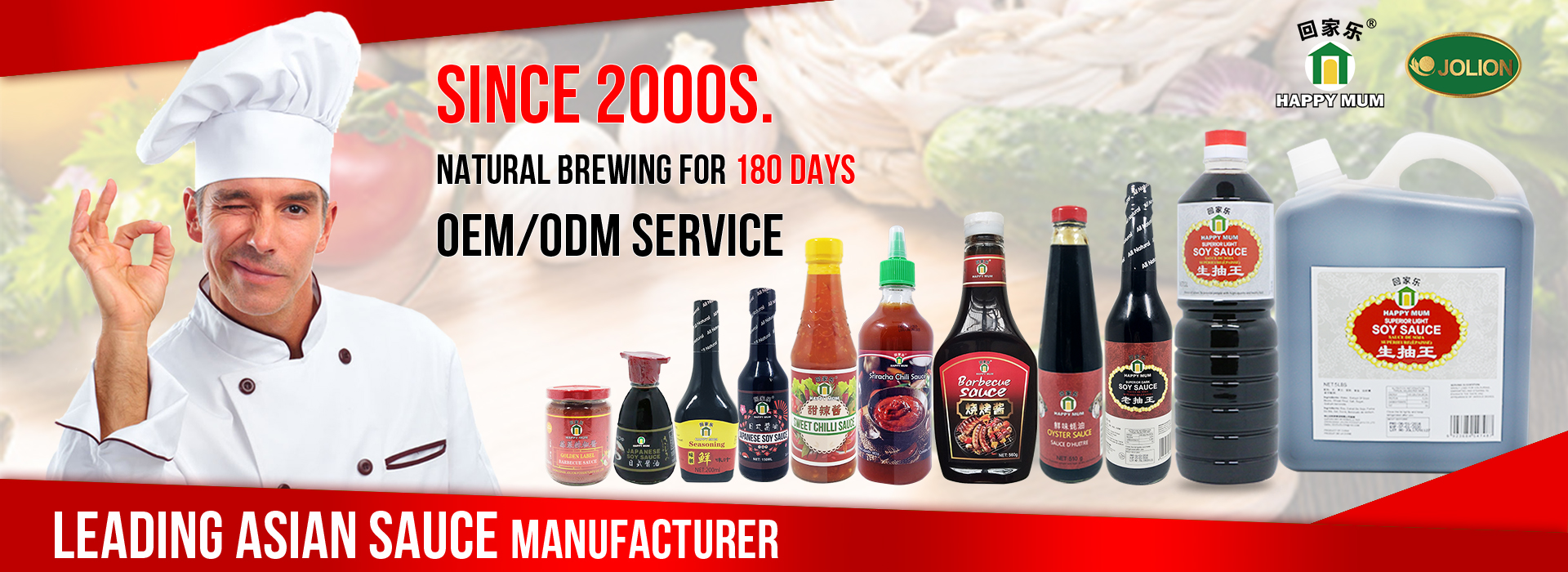
- Exploring JOLION Food's Exquisite Sauces and Noodles at SIAL PARIS 20242024-10-30SIAL PARIS, the renowned international food exhibition, is set to showcase a plethora of gastronomic wonders in 2024. Among the myriad of exhibitors, JOLION Food stands out as a beacon of culinary excellence, promising a delectable journey for food enthusiasts and industry professionals alike.
- Why Your Peanut Butter is Oily2025-04-18
- 10 Surprising Health Benefits of Peanut Butter2025-04-17
Why Your Peanut Butter is Oily
Why Your Peanut Butter is Oily
Natural Composition of Peanuts
Peanuts are rich in natural oils. In fact, a significant portion of a peanut's mass is made up of oil. When peanuts are processed into peanut butter, these oils are released. During the grinding process, the cell walls of the peanuts are broken, liberating the oils contained within. The more peanuts used and the finer the grind, the more surface area is exposed, and potentially, the more oil can be released. This natural oil content is a fundamental factor contributing to the oily appearance in peanut butter.

1. Processing Methods
Grinding and Blending
The way peanut butter is ground and blended plays a crucial role. If the grinding process is too harsh or the blender speed is set too high, it can cause excessive heat generation. Heat can accelerate the separation of oil from the peanut solids. On the other hand, insufficient blending may not evenly distribute the oil throughout the peanut butter matrix. This can lead to pockets of oil gathering at the top over time.
Roasting
Roasting peanuts before making peanut butter is a common practice as it enhances flavor. However, the roasting temperature and time can affect oil release. Over - roasted peanuts may have their cell structures more severely damaged, allowing more oil to escape during subsequent processing. Additionally, different roasting methods (e.g., dry roasting vs. oil roasting) can also impact the overall oil - holding capacity of the peanuts in the final peanut butter product.
2. Lack of Emulsifiers
In commercial peanut butter production, emulsifiers are often added. Emulsifiers are substances that help keep oil and water - based substances (in this case, the peanut solids which have some water - like characteristics in the mixture) evenly dispersed. If your peanut butter formulation lacks an appropriate emulsifier or uses a sub - optimal amount, the oil is more likely to separate and rise to the surface. For example, lecithin is a commonly used emulsifier in peanut butter. Without it or with too little of it, the natural tendency of the oil to separate from the peanut paste becomes more pronounced.
3. Storage Conditions
Temperature Fluctuations
Peanut butter should be stored at a relatively stable temperature. When it is exposed to frequent temperature changes, such as going from a warm store shelf to a cold refrigerator and back again, the oil within the peanut butter expands and contracts. This thermal cycling can cause the oil to separate from the solid components. Additionally, high temperatures can increase the fluidity of the oil, making it more likely to migrate to the top of the container.
Storage Time
The longer peanut butter is stored, the greater the chance of oil separation. Even with proper processing and storage conditions, over an extended period, the natural forces within the peanut butter can cause the oil to gradually rise. This is especially true for natural peanut butters that lack artificial stabilizers. As a B - seller, it's important to be aware of the shelf life of your peanut butter products and how storage time impacts their appearance.
4. Particle Size of Peanut Solids
The size of the peanut particles in the peanut butter also matters. Finer - ground peanut butter may have a more homogeneous texture initially, but if the particle size is too small, it can be more difficult for the peanut solids to hold onto the oil. Larger peanut particles, on the other hand, can create a more porous structure within the peanut butter. This structure can help trap the oil, reducing the likelihood of it rising to the surface. However, if the particle size distribution is inconsistent, it can lead to uneven oil distribution and potential separation.
peanut butter contains a lot of learning, if you want to buy peace of mind and reliable peanut butter, remember to contact us jolion, we are your food adviser!
Related News
- 2025-04-1710 Surprising Health Benefits of Peanut Butter
- 2025-04-09The Mystery of Chilli Sauce
- 2025-04-07Revealing The True Nature Of MSG
- 2025-04-15The All-Natural Goodness of JOLION Foods Vegetarian Oyster Sauce: A Culinary Delight
- 2025-04-14From Condiment to Culinary Essential: Why Every Chef Needs Mushroom Soy Sauce
- 2025-04-13The Relationship Between Vinegar and Ammonia: Insights from JOLION Foods
Start Your Seasoning Sauce Business by a Free Quote
GET FREE QUOTES
If you are interested in our services, let's have a try on the first project
